
In the infrared (IR) photography there are used special films with enhanced sensitivity to the infrared region. In the B&W photography the most common film is Kodak High Speed Infrared (details about another IR films and their comparison is possible to see here), for colour IR photography is used Kodak Infrared EIR. The use of these films is not simple, the handling with them could be very careful (you cannot use them in the higher temperature. i.e. you have to store them in the refrigenator), their expiration is really short (some weeks) and price is high. The using of these ones is terrible in some new types of cameras that control transport of film by infrared sensor (e.g. Canon series EOS) - these sensors expose not only perforation, but also part of film.
Ilford SFX 200 isn't real IR film - it has only a slightly extended sensitivity to 740 nm (for details see pdf of the manufacturer). It's biggest advantage is manipulation with this film that is similar to the "normal" films. When you use suitable filter (see below) it is possible to obtain results comparable with "true" IR films. Simultaneously you can handle with SFX at the higher temperature (above 20°C), lifespan is long, during manipulation you don't need to have "IR dark".
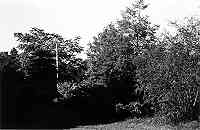
|
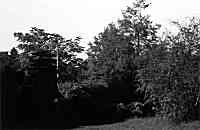
|
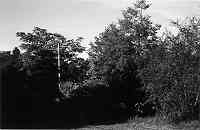
| |
|
without filter (visible light)
= mainly 400-700 nm
|
UV-pass filter B+W 403
(Schott UG-1)
= mainly 300-400 nm, partly IR
without visible light |
green filter
= mainly 470-600 nm + part IR |
| |
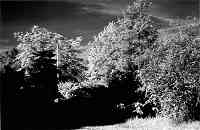
|
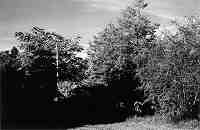
|
|
IR photography
B+W 403 (Schott UG-1) +
orange filter = 700-740 (800) nm
|
orange filter
= roughly from 520 nm to IR |
For IR photography it is the most important to select suitable filter. In the photography with "real" IR films you need so called "black filters". In the case of the Ilford SFX is situation complicated by its sensitivity only to the short IR light - it's impossible to use "black filters" that permeability to the light lie in the range of longer IR light. Of course, it is possible to use (buy) special filter designed only for SFX. In this article I suggest another possibility - to use 2 different filters.
Filter B+W 403 (with glass Schott
UG-1) is mainly used as "true" UV filter (as UV-pass filter) in the UV photography. When we see on the spectral characteristic), we can conclude that in combination with filter cutting off the UV region (e.g. orange filter) it is possible to use them for IR photography with film Ilford SFX 200. Its spectral sensitivity can appropriately combinated with permeability of filters and you will obtain nice "pseudo" IR photography really similar to the "true" IR photos.
From a expostion point of view it is the best way to determine it before placing of filter on the lens (and also focus it) and make correction according correction factor. In the case of Canon EOS 300 correction factor is + 8–9 EV (i.e. change of exposition by 8–9 exposition steps).
 |
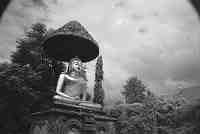 |
|
without filter (visible light)
= mainly 400-700 nm
|
IR photography
B+W 403 (Schott UG-1) +
orange filter = 700-740 (800) nm |
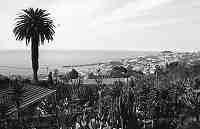
|
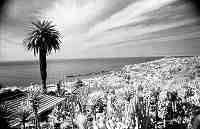
|
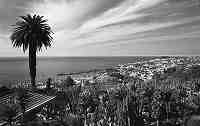
| |
|
without filter (visible light)
= mainly 400-700 nm
|
IR photography
B+W 403 (Schott UG-1) +
orange filter = 700-740 (800) nm |
orange filter
= roughly from 520 nm to IR |
Another examples:
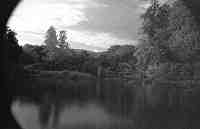
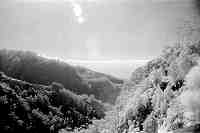
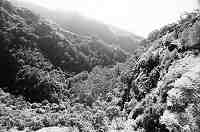
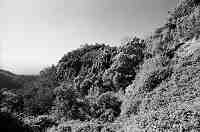
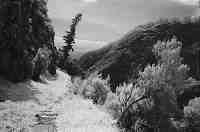
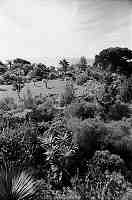
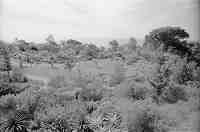

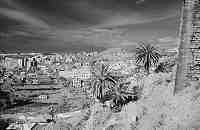

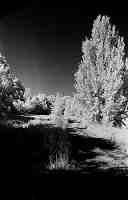
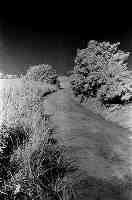

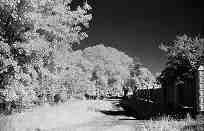
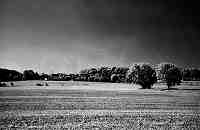

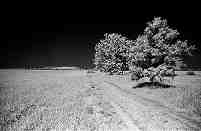
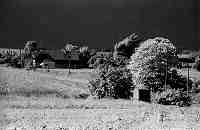

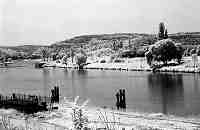

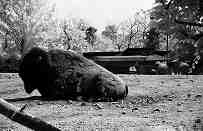
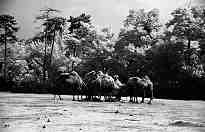
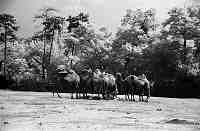
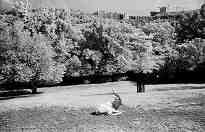
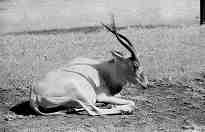

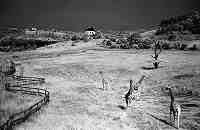
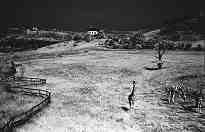

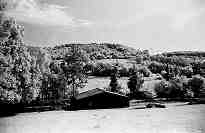

Back to my photopages
Infrared-, UV- and Full-spectrum photography by "compact" camera
Ultraviolet and infrared photography by Canon EOS 350D
Infrared photography by Canon 40D
Infrared-, UV- and Full-spectrum photography by Canon EOS500D converted to full-spectrum photography
Links to another webs (about IR photography)
Infrared Photography FAQ
A Comparison of B/W Infrared Films
WJ
Bjorn
Rorslett

































 natureblink.com
natureblink.com